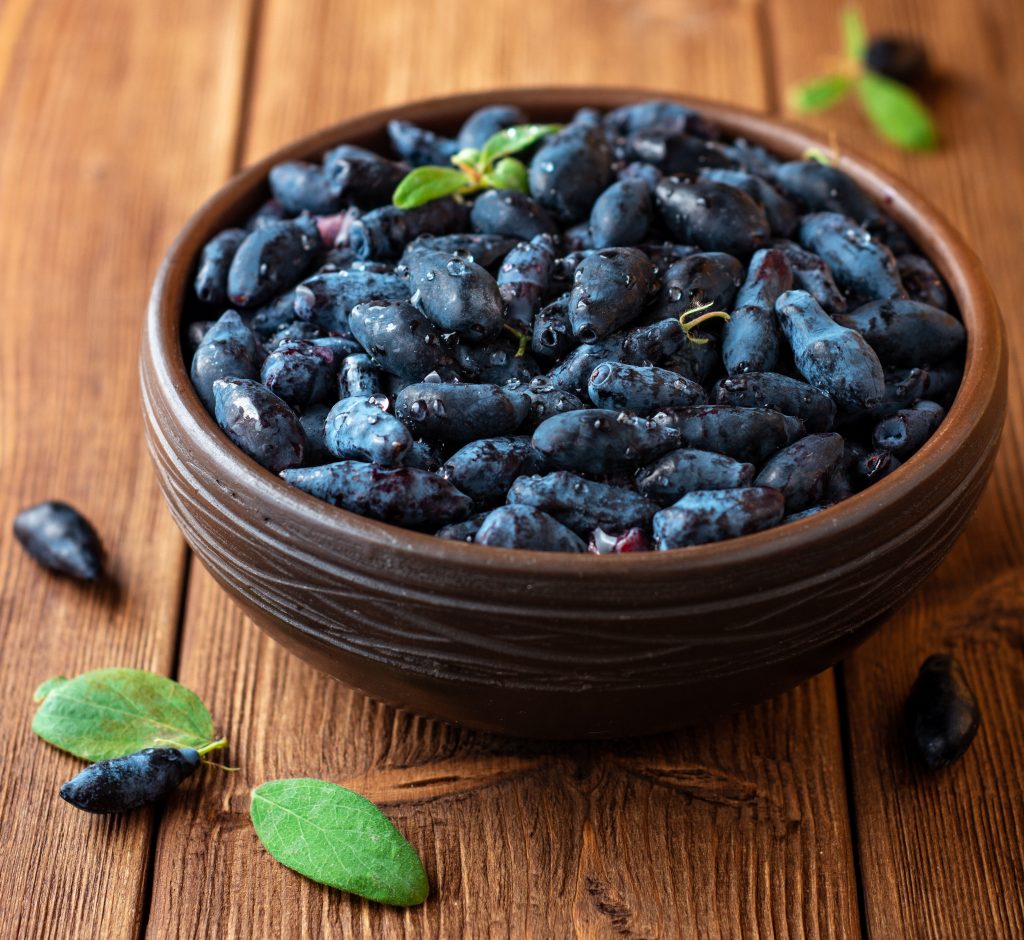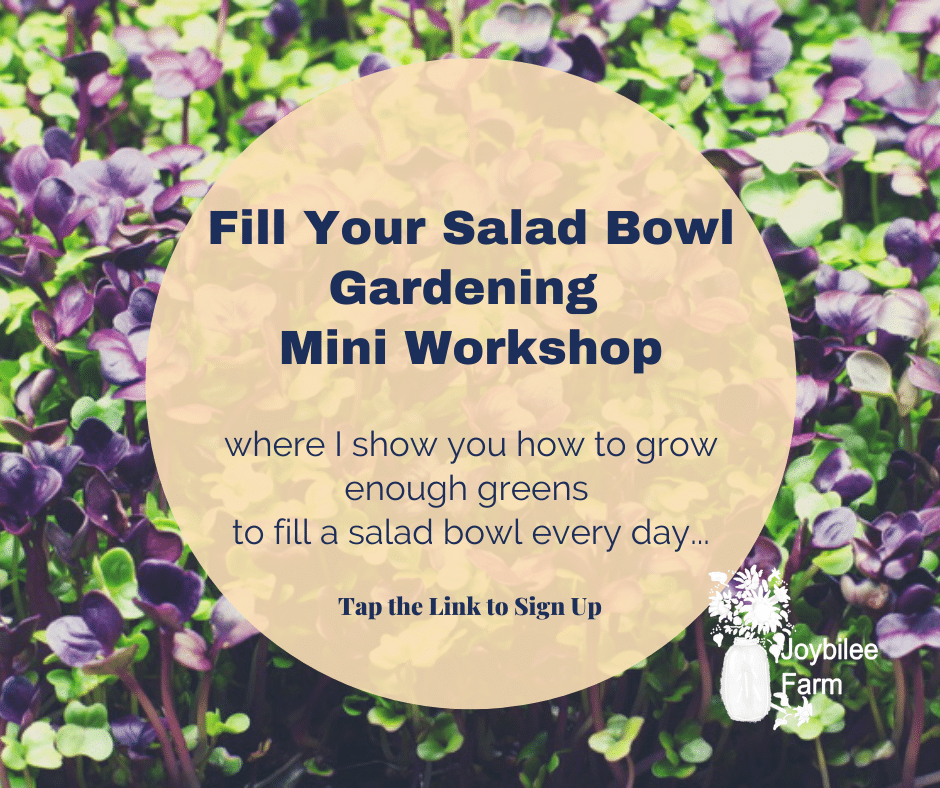Explore your own solutions to food insecurity and gain peace of mind. You can feed your family, and yourself. There are many solutions available, and even if you only have a tiny yard, you can grow some of your own perennials and other food crops.
The price of gas jumped to over $3 a gallon in the US this week — even where there was no gas shortages. When the price of delivery goes up the price of everything rises. Many places saw a 30% increase in food prices in April of 2020, when the pandemic first hit. In some instances, where the price remained the same, the amount of food in a package shrunk.
At the other end of the spectrum pandemic shortages are increasing. For a while people were reporting that their grocery stores were not restocking some items, but instead filling the empty spaces with other products, making the shelves appear normal.
Here in BC our local grocery store often had empty spaces over the last year. The manager told us that supplies were low and the city was being stocked while the rural routes were being shorted.
But, that makes this is the perfect time to work on your personal food security by growing a survival garden, putting food by for the winter, saving seed, and making your own medicine. Our parents and grandparents grew victory gardens during world war one and two, to help the war effort and ensure food security for the families at home. We are at war, too.

We have a small window of opportunity to turn this around and from what I can see, the multinational food conglomerates won’t be helping. Its important to take the steps this summer to ensure both your winter food supply AND your garden next year and the year after that.
Seven Steps to Reduce Food Insecurity:
- If you’ve never grown a garden before start small with Sprouts you can grow on your kitchen counter. Some of these you’ll be able to grow in a garden and save your own seed, so you have sprouting seed and microgreen seed for many years.
- Grow perennial vegetables in part of your garden to provide greens for salads, soup, and smoothies year round. These are 6 Perennial Vegetables You Can Grow as a starting point. Perennials provide consistent harvests with minimal input from you, each year. And, sometimes they’ll even multiply on their own too!
- Mushrooms are another perennial that you can introduce into wood chip mulch under decorative plants and trees. Mushrooms are invisible until they begin to fruit, and will produce several flushes per year, as long as the mulch is refreshed yearly so they can keep thriving. I’ve harvested nearly 15 lbs of mushrooms from mushroom growing spots started this spring, so it’s a great idea to include as one of your solutions to food insecurity.
- Plant fruit trees now so you can have ongoing food for many years, these 16 Hardy Fruit Trees are a great place to start. You can also practice planting seeds of the food and fruit you eat, and see what manages to grow in your area and zone. If you manage to get a hardy tree growing, you can always graft a branch from a preferred tree type onto it, if it’s fruit is less desirable.
- Plant fast growing fruit like raspberries, blueberries, and strawberries. You’ll be harvesting fruit by next summer if you start now. Plus with strawberries and raspberries you’ll be able to trade or sell plants to your neighbors, when you divide the plants next year, recouping your investment.9 Quick Producing Fruit to Grow Now and explore more solutions to food insecurity.

- Consider letting your space grow two crops to double your harvest. This doubles the yields from the same garden space. One example to Double Your Harvest is Growing Asparagus and Strawberries Together. One plant takes deep nutrients, the other is shallow rooted. They grow well together, as long as the patch stays well mulched.
- If you haven’t already get some garden seed that grows well in your climate. There is no seed shortage, although some varieties have sold out. Consider what you need for the next 6 to 12 months for your garden and order now. Order Seed and store it in your freezer, if needed, to keep it viable for several years.
- Buy an extra bag of rice or pound of coffee. As I suggested last year, when the pandemic first hit, simply buy two of each staple you would normally buy 1 of, and continue that practice for a few weeks. This will ensure that you have a nominal store of food on hand, should we see a further break in the supply chain. It will also ensure that the system continues working for everyone and there are no shortages. Not sure how much to store? This checklist can help with your solutions to food insecurity.
If you are brand new to preparedness, consider joining (ad) the Survival Mom Sisterhood for active training to ensure your success. My friend Lisa Bedford, The Survival Mom, has reliable advice and straight forward action steps to help you do it right the first time, saving you from making simple but costly mistakes in your preparedness efforts.
Grabbing a few extra bags of rice or coffee is a first step, but for true resilience you need to grow some of your own food, even mushrooms, sprouts, or salad greens will help. We have options.
New to growing microgreens?
Check out the Fill Your Salad Bowl workshop and learn how to use 3 different growing methods, at home, so you can fill your salad bowl with super food, nutrient dense, greens every single day. These are greens you can use in your salad bowl, greens you can add to soups, stews, and pasta dishes, and even greens you can use in a stir fry.
In this mini workshop you will learn how to fill a salad bowl every day with food you grow yourself.
- Even if you don’t have any land.
- Even if there is 3 feet of snow covering your garden
- Even if you’ve killed house plants in the past.
- Even if you think you have a black thumb.
Have a look at what’s covered in this workshop and see if its a good fit for you, by clicking/tapping the blue button below.






Leave a Reply